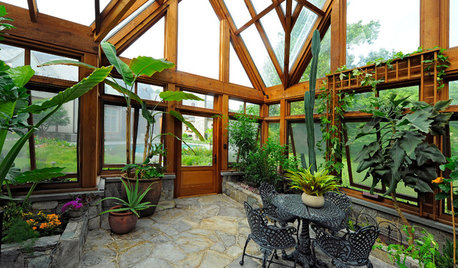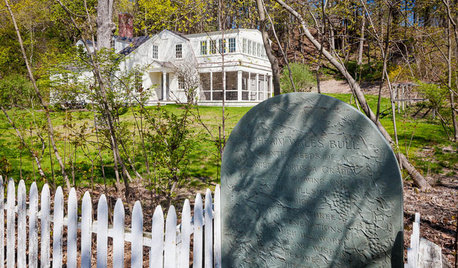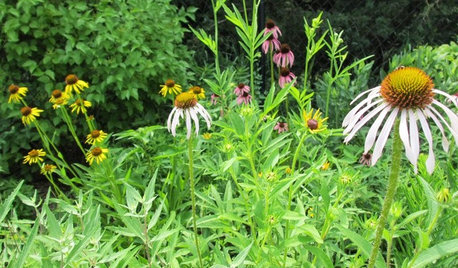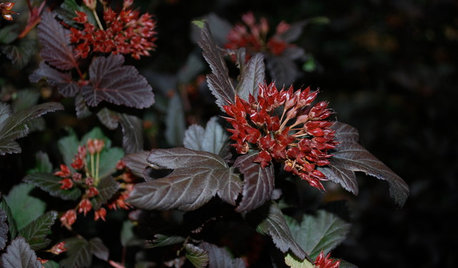D.capensis - need cultivar ID help
don555
16 years ago
Related Stories

EDIBLE GARDENSThe Enticing Garden: How to Grow Bananas
Sweeten your dining table with surprising flavors of banana cultivars while adding tropical flavor to your garden
Full Story
EARTH DAYHow to Design a Garden for Native Bees
Create a garden that not only looks beautiful but also nurtures native bees — and helps other wildlife in the process
Full Story
TRADITIONAL HOMESHouzz Tour: Historic Concord Grapevine Cottage’s Charms Restored
This famous property had fallen on hard times, but passionate homeowners lovingly brought it back
Full Story
GARDENING FOR BUTTERFLIES3 Ways Native Plants Make Gardening So Much Better
You probably know about the lower maintenance. But native plants' other benefits go far beyond a little less watering and weeding
Full Story
GARDENING GUIDES12 Japanese Maples for a Sunny Garden
The right maple in the right place shines in hot summer sun
Full Story
GARDENING GUIDES5 Weed-Smothering Ground Covers
Let these landscape plants do the dirty work of choking out weeds while you sit back and enjoy the view
Full Story
GARDENING GUIDES13 Japanese Maples for Shade
A surprising variety of these understory trees is waiting to make a statement in your shade garden
Full Story
FLOWERSGet Coneflower Blooms All Summer Long
Plant these 5 native species to bring beauty to the garden — and pollen to the insects — from June through August
Full Story
GARDENING FOR BUTTERFLIESBe a Butterfly Savior — Garden for the Monarchs
Keep hope, beauty and kindness alive in the landscape by providing a refuge for these threatened enchanters
Full Story
LANDSCAPE DESIGNGreat Design Plant: Sun-Loving Ninebark Puts on a Color Show
This tall, dark and handsome native shrub is equally at home in jeans and boots or in a suit and tie
Full Story





mutant_hybrid
petiolaris
Related Professionals
Kyle Landscape Architects & Landscape Designers · Norton Shores Landscape Architects & Landscape Designers · Rancho Cordova Landscape Architects & Landscape Designers · Summit Landscape Architects & Landscape Designers · Allentown Landscape Contractors · Arlington Landscape Contractors · Downey Landscape Contractors · New Cassel Landscape Contractors · Placerville Landscape Contractors · Salem Landscape Contractors · Tamarac Landscape Contractors · West Haverstraw Landscape Contractors · White Bear Lake Landscape Contractors · Yuba City Landscape Contractors · Jericho Stone, Pavers & Concretedoowop_6116
don555Original Author